Life
Sign up for our newsletter
We summarize the week's scientific breakthroughs every Thursday.
-
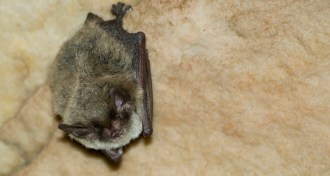 Ecosystems
EcosystemsPatrolling bats protect corn fields from pests
Bats play a key role in protecting corn from pests and fungus.
-
 Animals
AnimalsShipwreck provides window into Tudor-era cod fishing
In the 1500s, England was feeding its navy with fish caught far from home, a new study finds.
-
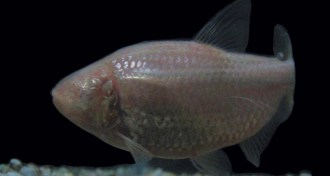 Animals
AnimalsLoss of vision meant energy savings for cavefish
Novel measurement feeds idea that tight energy budgets favored vision loss in cavefish.
By Susan Milius -
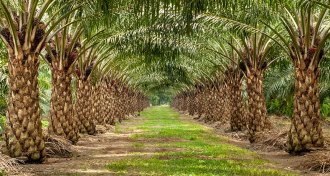 Genetics
GeneticsBad Karma can ruin palm oil crops
Missing epigenetic mark makes for Bad Karma and poor palm oil crops.
-
 Animals
AnimalsHow a seahorse dad is like a pregnant woman
Live birth has evolved at least 150 times in vertebrates, including in seahorses and humans. And there are some surprising similarities between the species.
-
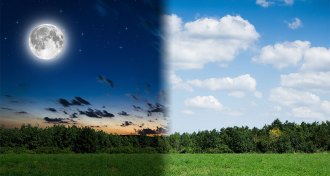 Health & Medicine
Health & MedicineLess vitamin D and melatonin bad for multiple sclerosis
Vitamin D and melatonin play important roles in multiple sclerosis.
-
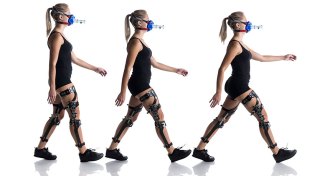 Life
LifeHumans adjust walking style for energy efficiency
Humans can adjust their steps to walk in a way that uses the least amount of energy.
By Meghan Rosen -
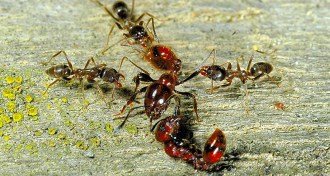 Animals
AnimalsInvading Argentine ants carry virus that attacks bees
The first survey of viruses in the globally invasive Argentine ant brings both potentially bad and good news.
By Susan Milius -
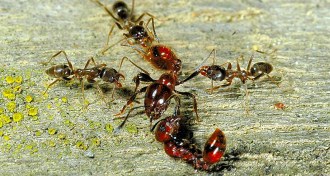 Animals
AnimalsInvading Argentine ant hordes carry a virus that attacks bees
Invasive Argentine ants may be reservoirs for a virus menacing honeybees — and for previously unknown virus.
By Susan Milius -
 Earth
EarthEarth’s magnetic mystery forces scientists to get creative
In explaining the Earth’s magnetic field paradox, scientists may discover a new question with an even more interesting answer.
By Eva Emerson -
 Anthropology
AnthropologyImmortality and more in reader feedback
This week in reader feedback: Immortality and tracing ancient humans.
-
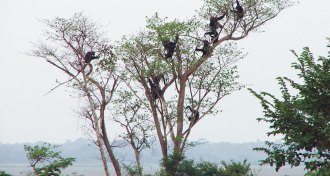 Animals
AnimalsApes do the darndest things
Several chimp behaviors have researchers wondering if apes are a good model for early hominid life.
By Bruce Bower